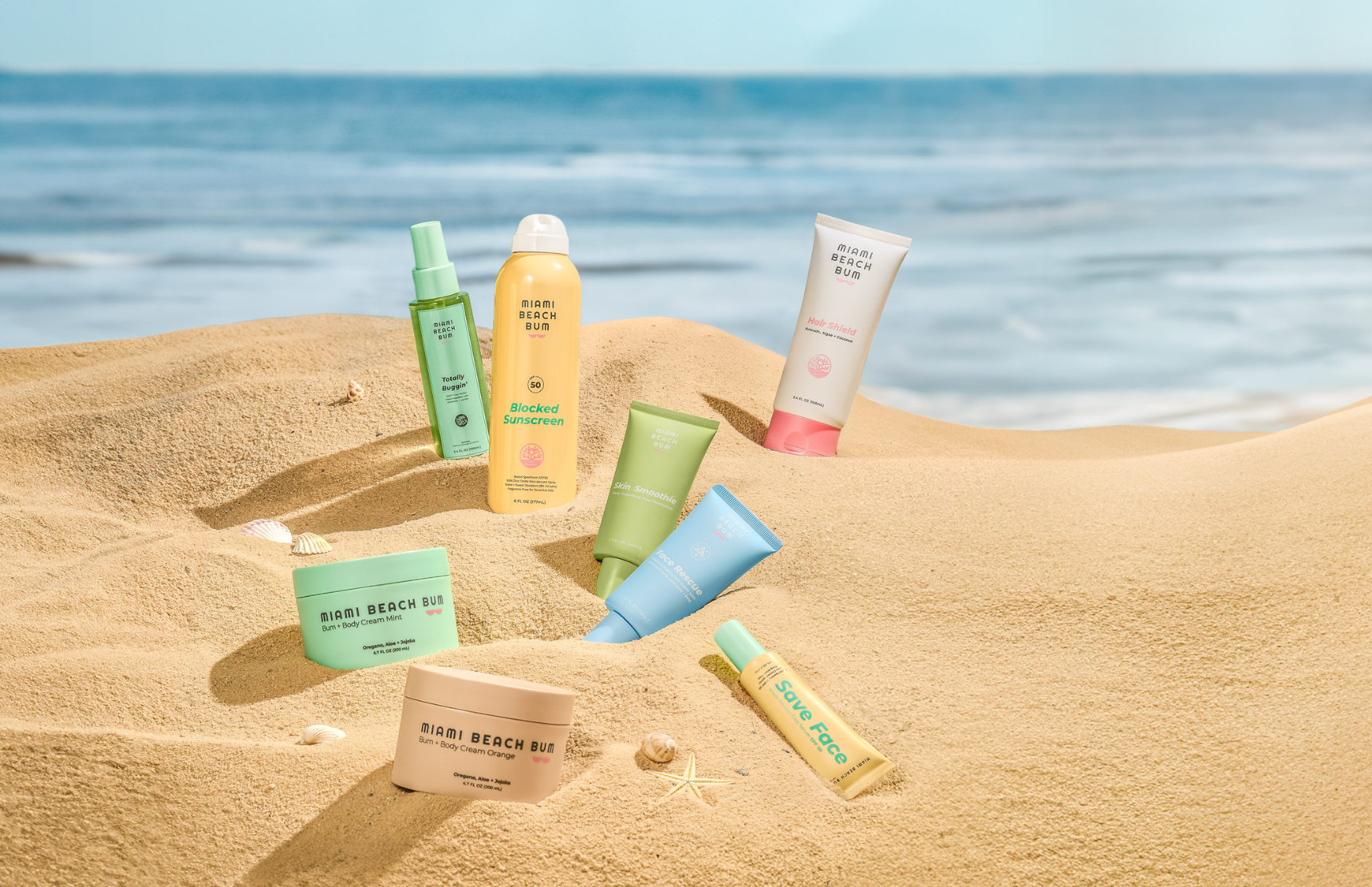介紹
防曬霜對於健康的皮膚不可商服,但並非所有防曬霜都相等。隨著對皮膚敏感性,激素破壞和珊瑚礁安全的越來越關注,辯論 礦物(物理)和化學防曬霜 比以往更熱。讓我們分解他們的工作方式,優點和缺點,這可能最適合您。
礦物防曬霜:乾淨的美女最喜歡
它的工作原理: 用氧化鋅或二氧化鈦形成物理屏障 反射紫外線 遠離皮膚。
✅ 優點:
-
立即在申請時生效。
-
不太可能刺激敏感或容易痤瘡的皮膚。
-
礁石安全(非納米氧化鋅是環保的)。
-
在陽光下穩定(不會很快降解)。
❌ 缺點: -
可以留下白色的演員(儘管更新的公式正在改善)。
-
質地較厚,有些人很難融合。
化學防曬霜:輕巧的替代品
它的工作原理: 使用類似的成分 羥贊酮,avobenzone或八氧化物 到 吸收紫外線 並將它們轉化為熱量。
✅ 優點:
-
輕巧,純粹的飾面,非常適合日常穿著。
-
沒有白色殘留物,更容易塗抹。
-
通常更耐水。
❌ 缺點: -
施用後需要約20分鐘才能有效。
-
某些人會引起刺激或過敏反應。
-
某些成分(例如羥贊酮)與珊瑚礁損傷有關。
混合防曬霜:兩全其美?
現在有許多品牌結合在一起 礦物質和化學過濾器 為了:
-
更好的質地 (較少的白色演員)。
-
更廣泛的紫外線保護 (礦物質在物理上阻斷紫外線,化學物質吸收剩餘的光線)。
-
溫和的公式 (比純化學防曬霜的刺激風險更低)。
關鍵差異:有效性和安全性
| 特徵 | 礦物 | 化學 | 雜交種 |
|---|---|---|---|
| 紫外線保護 | 廣譜(UVA/UVB) | 廣譜(但有些更快地降解) | 廣譜 +通常更穩定 |
| 適應性 | 敏感的皮膚,孩子,生態意識 | 正常/油性皮膚,運動使用 | 平衡的方法 |
| 環境影響 | 珊瑚礁安全(如果非納米) | 一些傷害海洋生物 | 通過公式變化 |
| 質地 | 較厚,可能的白色鑄件 | 輕巧,看不見 | 改善的可融合性 |
您應該選擇哪個?
-
對於敏感的皮膚? 礦物質(或與溫和化學物質混合)。
-
對於深色膚色? 有色礦物或雜種以避免白色鑄造。
-
運動/游泳? 化學或雜種(更好的防水性)。
-
對於生態意識的買家? 珊瑚礁安全礦物(氧化鋅)。
最終判決
沒有一種尺寸的答案,礦物防曬霜 贏得安全和可持續性,而 化學選擇 提供便利。雜種是一個明智的中間立場。無論您選擇哪個,最好的防曬霜是您會的 每2小時重新申請一次!


